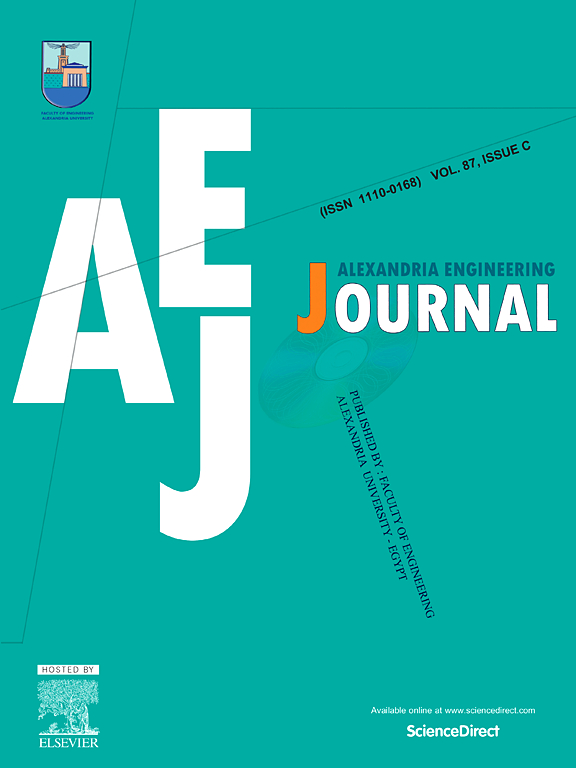利用可解释人工智能的集合元学习模型,通过 ADS-B 喷射检测加强航空控制安全
IF 6.2
2区 工程技术
Q1 ENGINEERING, MULTIDISCIPLINARY
引用次数: 0
摘要
随着自动监控广播(ADS-B)技术在飞行控制系统中的应用越来越广泛,产生了许多严重的问题。因此,为了加强航空控制安全并更好地应对这些问题,本研究重点开发了一种强大的 ADS-B 注入检测系统。它将 XGBoost 和随机森林与逻辑回归结合在一个集合学习元学习模型中,以识别 ADS-B 注入风险并对其进行分类。结合多个模型的集合方法可以提高用于识别威胁的模型的检测准确性和鲁棒性。此外,还采用了可解释人工智能(XAI)方法,以加强解释模型如何做出决策的过程,并建立对航空安全系统的信任。该系统的培训、测试和评估是通过 ADS-B 数据进行的。结果表明,堆叠随机森林和 XGBoost 与逻辑回归元学习器的准确率为 99.60%,同时具有良好的召回率(99.49%)和精确率(99.41%)。此外,通过应用 XAI 技术,该模型的决策逻辑既透明又适用,让航空管制部门放心。这项研究提出了一种新型、高精度、结果可解释的 ADS-B 喷射检测系统,从而为加强航空安全做出了贡献。这样的策略有助于飞行控制系统在不断数字化的航空现实中保持完整性。本文章由计算机程序翻译,如有差异,请以英文原文为准。
Enhancing aviation control security through ADS-B injection detection using ensemble meta-learning models with Explainable AI
The increasing use of Automatic Dependent Surveillance-Broadcast (ADS-B) technology in flight control systems has created many serious concerns.These weaknesses threaten the security and safety of our aviation industry. Therefore, to enhance aviation control security and better deal with these problems, this research focuses on developing a strong ADS-B injection detection system. It combines XGBoost and Random Forest with Logistic Regression in an Ensemble Learning Meta-Learning Model to identify ADS-B injection risks and categorise them. Ensemble methods, which combine several models can increase the detection accuracy and robustness of the model used to identify the threat. In addition, Explainable AI (XAI) methods are employed to enhance the process of explaining how the model reaches its decisions and building trust in aviation security systems. The system’s training, testing, and evaluation are conducted with ADS-B data. This result indicates that the Stacked Random Forest and XGBoost with Logistic Regression Meta-Learner with 99.60% accuracy, along with good recall rates (99.49%) and precision (99.41%). Also, aviation control authorities are reassured by the model’s transparent and applicable decision logic through the application of XAI techniques. This research contributes to enhanced aviation security by proposing a new, highly accurate ADS-B injection detection system with explainable outcomes. A strategy like this can help flight control systems maintain integrity amidst an ever-digitising aviation reality.
求助全文
通过发布文献求助,成功后即可免费获取论文全文。
去求助
来源期刊

alexandria engineering journal
Engineering-General Engineering
CiteScore
11.20
自引率
4.40%
发文量
1015
审稿时长
43 days
期刊介绍:
Alexandria Engineering Journal is an international journal devoted to publishing high quality papers in the field of engineering and applied science. Alexandria Engineering Journal is cited in the Engineering Information Services (EIS) and the Chemical Abstracts (CA). The papers published in Alexandria Engineering Journal are grouped into five sections, according to the following classification:
• Mechanical, Production, Marine and Textile Engineering
• Electrical Engineering, Computer Science and Nuclear Engineering
• Civil and Architecture Engineering
• Chemical Engineering and Applied Sciences
• Environmental Engineering
 求助内容:
求助内容: 应助结果提醒方式:
应助结果提醒方式:


